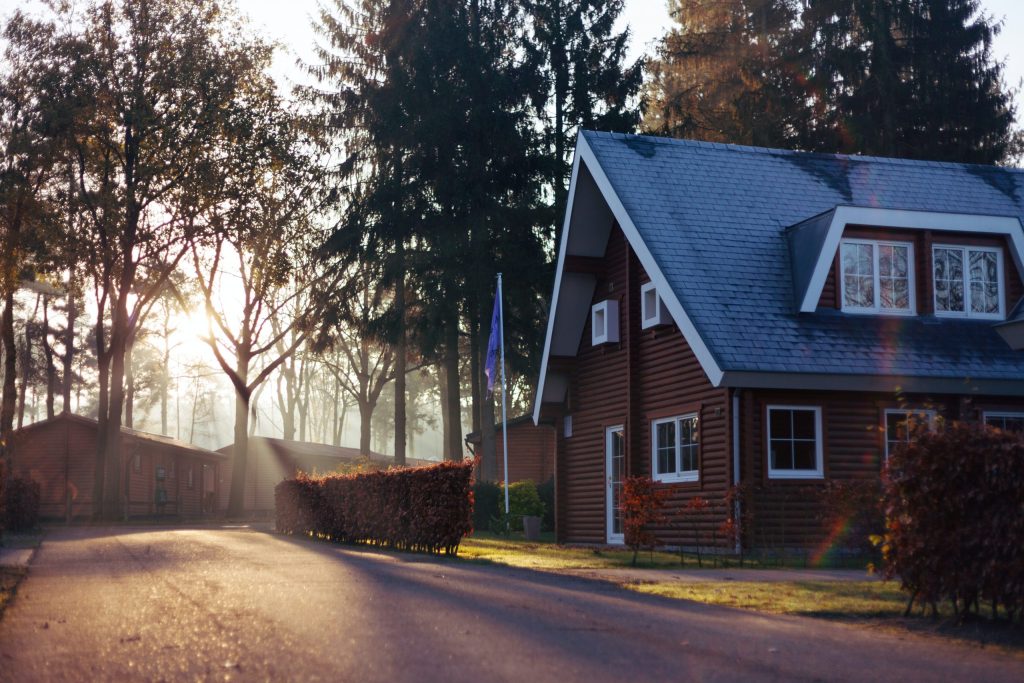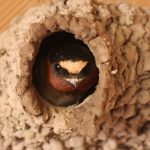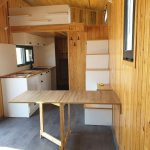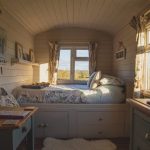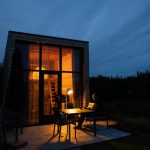2nd hand Buying a small or large house is a complex task. Most of us are not builders or work in construction, so it is difficult to make sure we are buying a quality home when we are looking for our future home. This is especially true when it comes to buying a 2nd hand tiny house because there are extra variables that come into play.
A tiny house is defined as a home that is typically 100-400 square feet and is mounted on a trailer. Tiny houses come in all kinds of styles.
As someone who built her own tiny house in 2012 and has helped others transition to tiny living with articles and books, there are some important things I have learnt when it comes to buying a tiny house.
The promise of a debt-free life, a simple life and a cute tiny house is the biggest draw for those looking to downsize. However, since tiny homes are still so new to the market, it’s very “buyer beware” when it comes to buying a used tiny home.
1. Know Your Needs Before You Start Looking
Because you will live in a very small space, details matter. When you only have a few precious square metres to live in, the design has to fit your life, otherwise you’ll find yourself wanting to move sooner than you expected.
I always tell people to think about what they are currently doing in their home and make a list of it. We all have plans for how idyllic life will be in a tiny house, but the best indicator of what we will do in that house is what we are doing right now.
Think about the tasks your home needs to support. What are the things that require space to do in your home? What are the realities of your daily life? If you start to question what your home needs to do for you, you can quickly realise what shape it needs to take. With this checklist in mind, it’s time to start looking for a used tiny house!
2. Trust, but Verify
Having worked with tiny houses for close to a decade at this point, it breaks my heart to hear a buyer’s horror story about a dishonest seller or builder. Unfortunately, it is not uncommon. When you buy a used or new tiny home, you need to do your homework and verify everything someone says.
One thing to watch out for is thieves trying to sell you a caravan they stole. They will offer a lot. Too good to be true! Always make sure the person has a proper title for the trailer, that the VIN number matches the title, and that the person selling the house has a valid ID that matches the name on the title.
Ask for a copy of the receipts on the major components: trailer, windows, appliances, roof, etc. Then look at each item. Do the trailer weight ratings make sense for the size of the house? Are the windows quality and tempered glass? Are the appliances under warranty and transferable?
3. Get a Professional Inspector
If you are buying anything used, a professional home inspector is a must. I recommend it even on new homes purchased directly from a builder. Homes are complex structures. They need to manage heat, cold, humidity, harsh conditions and keep up with everyday life.
There are a few areas where I often see Tiny house homes go wrong. Electricity is a big problem and the risks are high because electrical fires can be fatal. I often see sloppy work, poorly organised circuits and the use of components that do not comply with the code.
It is also not uncommon for roofs to be poorly designed and constructed, leading to major water damage. Flashing around skylights is the biggest culprit, and some small homes have flat roofs, which in my experience is a recipe for disaster.
4. Stick to Your Budget
It is important to determine what you can really afford, so it is important to know your budget before you start. Make sure you factor in all the repair, improvement and transport costs you will need to pay for the house and deduct or negotiate this from your price.
I can almost guarantee that you will need to make some changes to any home you buy. Even if it is a custom home built just for you, you will quickly learn what works and what doesn’t. Even today, five years later, I sometimes make significant changes to my tiny house. Plan to spend a few thousand to replace, upgrade or repair the tiny house you are in.
Why Do People Live in Tiny Houses?
One of the most common reasons for moving to Tiny House living is to relieve financial pressure. The Tiny House movement is growing! The appeal comes from this:
- Being able to afford your own home without having to own the land on which it sits.
- Being free from mortgage or rent debt. A Tiny House loan can be paid off in 4 to 5 years.
- Reduced electricity bills are cheaper to heat and cool small spaces, and off-grid options are readily available.
- A simpler, more natural lifestyle that focuses on relationships and eliminates the need for more work.
- Location options park your Tiny House close to your workplace for easier commuting or working from home wherever you go.
- Our Tiny Houses are beautifully designed with clever use of space. Imagine how much time you will save on cleaning and maintenance!
A Tiny House is much more than just walls and a roof; they embody a simple and eclectic lifestyle that many of us want to experience. But behind the quirky architecture and free-spirited lifestyle are the challenges we don’t see: parking, weather, financing and zoning. These are all elements you should consider before joining the tiny house movement.
What many people forget is that tiny house living is a drastic lifestyle change – a lifestyle change that can liberate people and change their lives for the best, or it can frustrate you. Tiny houses are a big change, so it is important to do your research and be absolutely sure of your decision before pursuing tiny house living.

